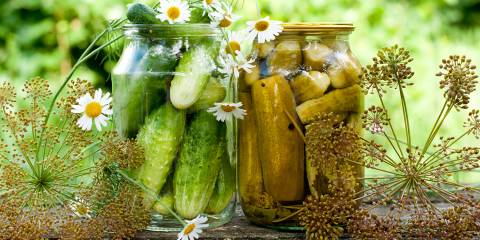Sure, organic agriculture is good for the body and the planet. But did you know it’s also good for the economy? New research shows that areas of intense organic agriculture activity are linked to lower poverty rates and higher household incomes.
What’s an Organic Hotspot?
An organic hotspot is defined as a county with high levels of organic agricultural activity whose neighboring counties also have high organic activity. This activity can include crop production, livestock production, processing, and manufacturing. To date, 225 counties in the United States (7 percent of the nation’s total counties) have been identified as organic hotspots.
On average, county poverty rates in organic hotspots dropped 1.3 percent and median household income rose $2,094. The same economic benefits were not found when researchers examined the economic impact of living in conventional agriculture hotspots.
Experts believe the economic benefits associated with organic hotspots stem in part from organic agriculture using more local labor. The supply chain tends to be more localized, and organic crops command higher prices than conventionally grown crops.
Where are America's Organic Hotspots?
California contains the most organic hotspots—43 of its 58 counties classify as such. The state is responsible for about 40 percent of all organic farm sales.
“One single hotspot of contiguous counties stretches from California to Washington State,” reports the Organic Trade Association, the business association for organic agriculture and products in North America.
Organic hotspot clusters also occur in the northern Midwest, anchored by Wisconsin. The most certified organic livestock operations are in the Great Lakes region. Portions of the northern mid-Atlantic states and New England also contain organic clusters. The USDA reports that the Northeast contains the highest number of certified organic farmers—especially Maine and Vermont. In all, 21 states contain counties that qualify as organic hotspots.
Researchers are hopeful that the new findings can be used as an economic development tool—helping policy makers target specific areas, especially rural counties, as places to promote organic agriculture and boost the local economy.





